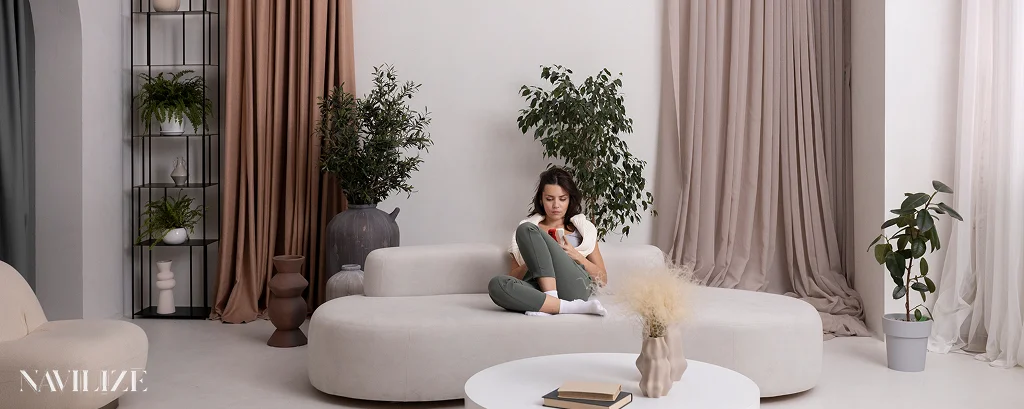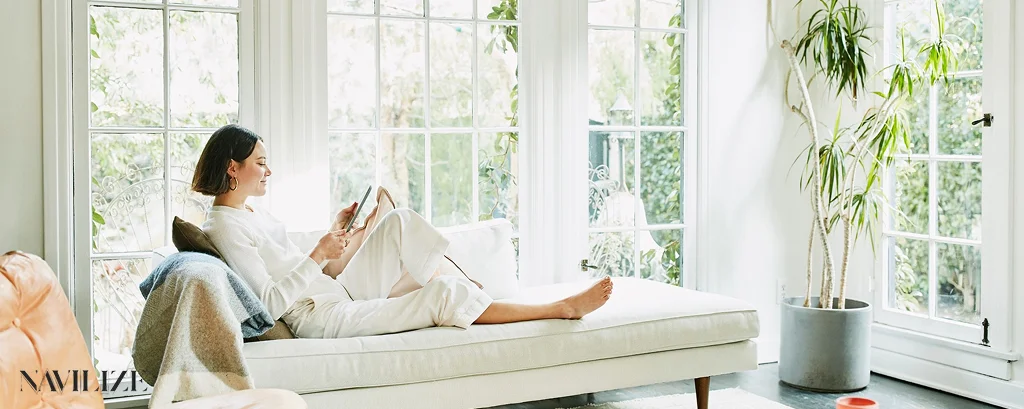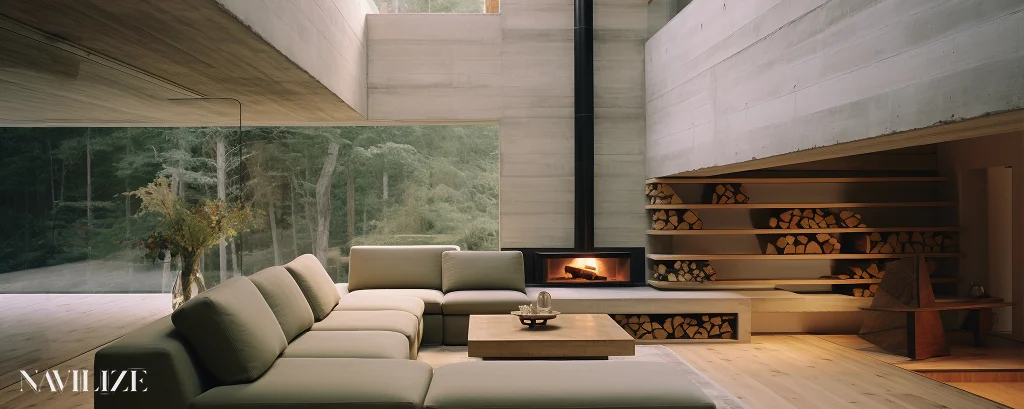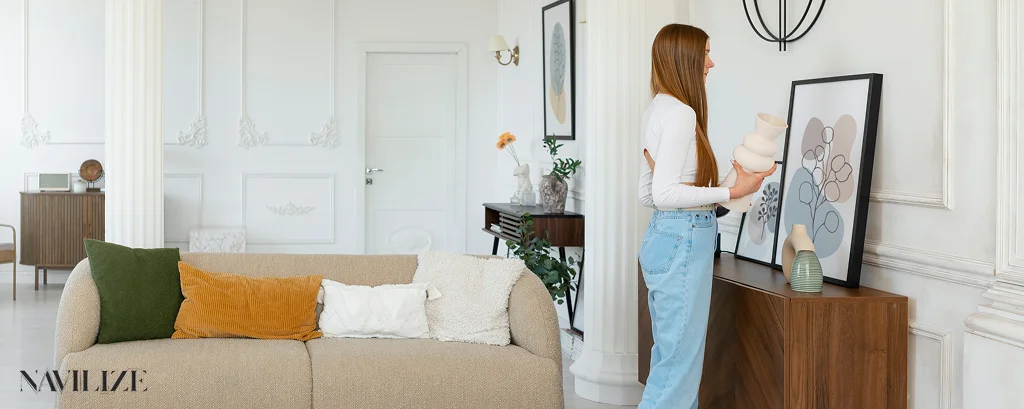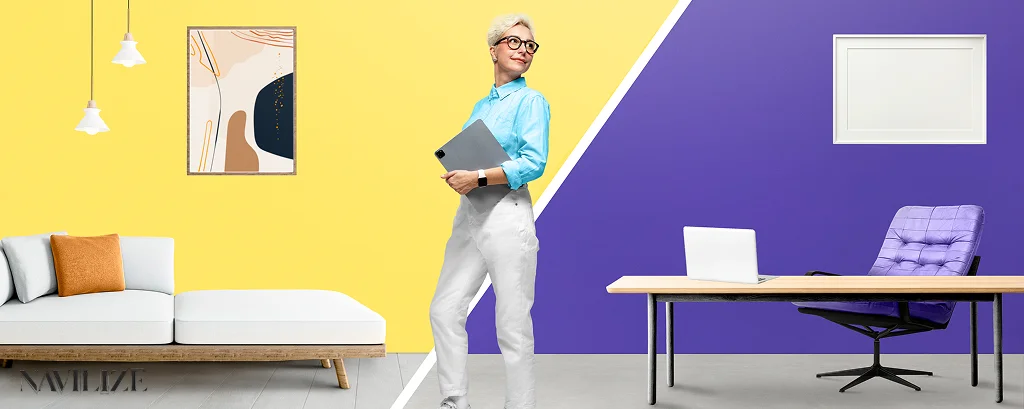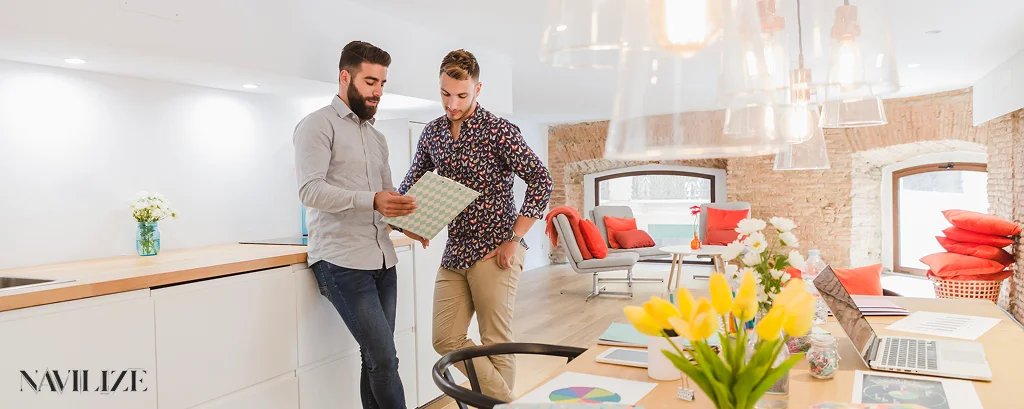Creating a designer-quality home starts with understanding how professionals approach space, balance, and emotion. Rather than copying a look, it’s about interpreting design principles in your own way, merging comfort with sophistication. Every decision, from layout to lighting, tells a story about who you are and how you live. This guide walks you through the mindset of an interior designer, showing how small details, like proportion, texture, and symmetry, build timeless beauty. Whether your space is coastal and bright or moody and dramatic, mastering composition and flow helps your home feel curated yet effortlessly lived-in.
Discover Your Signature Style: Identify and Blend for Uniqueness

source: decorilla.com
Your personal aesthetic should reflect who you are, not fleeting trends. Start by exploring inspirations that resonate with your lifestyle, comfort, and color preferences. Expert interior design guidance can help you blend influences, from modern to vintage or minimalist to rustic, into a cohesive, balanced space. Thoughtful integration of textures, furniture, and accents ensures every room feels intentional, welcoming, and uniquely yours.
Think Like a Designer: Master the Five Core Elements
Professional decorators rely on interior design fundamentals to achieve harmony and flow. Understanding these elements helps you approach your space like a pro, balancing form, color, light, and texture to create rooms that feel intentional. Designers choreograph experiences, not just arrange objects. By observing how elements interact under natural and artificial light, you can emphasize structure and enhance the atmosphere. Visual balance, neither overcrowded nor sparse, is the goal. Learning these basics empowers you to style confidently, ensuring every corner serves a purpose and contributes to a cohesive, visually engaging home.
Palette: Set the Mood with Thoughtful Hues

source: decorilla.com
Color is emotional architecture. A thoughtful palette determines how a room feels before a word is spoken. Start with a neutral foundation to establish calm, then introduce accent shades that reflect your desired mood, such as cool tones for tranquility or warm hues for intimacy. Designers often repeat colors in subtle variations across décor, textiles, and art to tie the space together. Consistency creates flow, while small contrasts prevent monotony. The result is a layered, intentional palette that enhances the home’s atmosphere and instantly elevates any design.
Contrast: Juxtapose for Dynamic Interest
Contrast brings life to a room. The tension between light and dark, smooth and textured, or refined and raw keeps interiors from feeling flat. Designers use contrast to highlight focal points, pairing matte finishes with glossy accents or soft fabrics beside structured furniture. Achieving balance requires restraint; too much contrast feels chaotic, too little feels dull. Thoughtful juxtaposition enhances visual depth and highlights the unique character of each material and design element.
Scale: The Goldilocks Rule for Perfect Proportions
Scale determines how well each item fits within a room. Oversized furniture can overwhelm small spaces, while too many petite pieces leave a room feeling empty. Interior designers visualize proportions like architects assessing balance, ensuring each element feels just right. Use anchor pieces, such as a sofa or dining table, to define rhythm, then layer supporting elements around them. Thoughtful scale brings comfort and cohesion, helping layouts breathe while maintaining structure and making even modest spaces appear intentional and luxuriously balanced.
Symmetry: Create Harmony with Balanced Asymmetry
Perfect symmetry isn’t always necessary; controlled asymmetry often feels more natural. Designers achieve balance by mirroring visual weight rather than identical items. For example, a large floor lamp may counterbalance a piece of art on the opposite wall. The trick lies in rhythm and proportion, not replication. Slightly offset symmetry generates movement and interest without sacrificing harmony, creating a calm, effortlessly curated feel seen in professional interiors.
Layering: Build Luxe Depth Effortlessly

source: delightfull.eu
Layering gives a home its soul. Textiles, textures, and finishes come together to create visual depth and tactile warmth. Designers layer from the ground up: rugs, furniture, lighting, and art, so every surface contributes to the room’s sensory richness. Contrast soft linens with structured ceramics, metallic accents with natural woods. Balance is key; too few layers feel sterile, too many feel cluttered. Thoughtful layering creates a sophisticated yet inviting environment that feels personal and professionally refined.
The Designer’s Essentials: Lighting, Textiles, and Artwork
Lighting shapes perception, textiles define comfort, and artwork infuses identity. Ambient light establishes warmth, while task and accent lighting sculpt visual focus. Fabrics, whether linen, velvet, or leather, add tactile richness that grounds the design. Artwork personalizes the composition, adding emotional narrative. These three pillars harmonize texture, tone, and proportion, ensuring every corner feels intentional. When balanced effectively, they transform spaces from ordinary to extraordinary, merging practicality with artful sophistication.
Ready to Channel Pro Vibes? Transform Your Space with Navilize Magic!
Creating a home that truly reflects your personality requires more than picking pretty furniture; it’s about thoughtful planning and expert execution. Every choice, from lighting to textures and artwork, shapes the atmosphere and function of your space. Navilize brings personalized interior design expertise to each project, helping homeowners craft environments that are stylish, functional, and inspiring. Whether updating a single room or redesigning an entire home, their approach turns your vision into a beautifully cohesive and comfortable reality.

